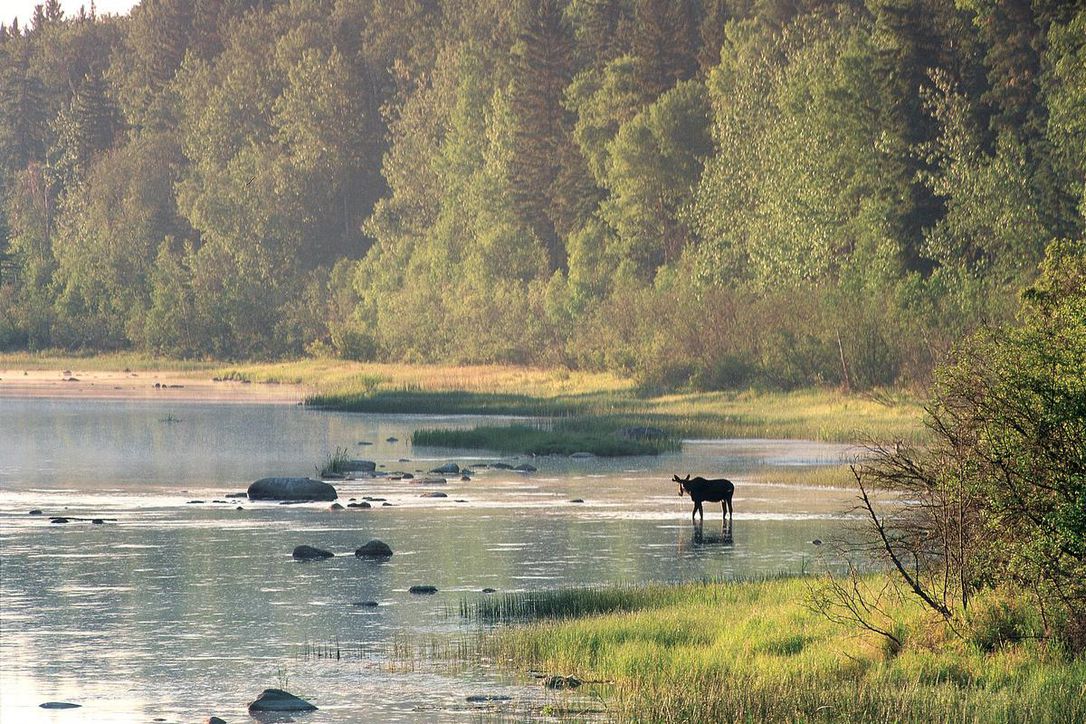Indigenous partnerships hold the key to conserving Canada’s boreal forests
This summer up to three billion birds will flock to Canada’s boreal forest to nest and raise their young. Once they arrive, they will find an abundance of food, fresh water and wetlands stretching from the Yukon to Labrador. This bounty draws nearly half of all bird species commonly found in Canada and the United States every year. Then in the fall, the birds fly south to pollinate plants and spread seeds across the hemisphere.
Boreal nesting grounds may seem removed from town and city life, but the same forest that sustains birds provides us with clean air and water, food and medicine. It also helps stabilize the climate by storing carbon: the boreal holds the equivalent of up to 36 years’ worth of global carbon emissions.
These boreal lands are part of the web of biodiversity — the planet’s life support system — and Canada has a special responsibility to maintain it. The globe is facing the sixth mass extinction in history, and species are being lost at escalating rates. While Canada’s woodland caribou, wild salmon and other species are struggling, this country has something few others do: sweeping, intact landscapes that support a profusion of plants and wildlife.
Now Canada has an opportunity to honour its stewardship duties.
This week federal, provincial and territorial ministers responsible for parks and protected areas will discuss how to achieve their shared goal of protecting at least 17 per cent of lands by 2020. Canada made this pledge under the UN Convention on Biological Diversity.
So far Canada has only conserved 10.6 per cent, making it last among G7 nations, but Environment and Climate Change Minister Catherine McKenna and Minister of Alberta Environment and Parks Shannon Phillips have been leading a national effort to expand protected areas called Pathway to Target 1.
Science tells us that the most effective way to address the biodiversity crisis and reduce climate impacts is to protect large intact landscapes. The best opportunities to do so in Canada are emerging from the many Indigenous nations and communities that are working to conserve sizeable portions of boreal forest.
Click here to read the rest of the piece on the Star site.

